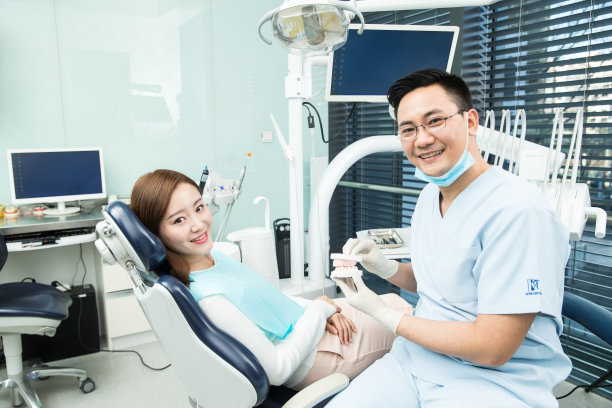Revolutionizing Smiles Through Advanced Dental Implant Treatment Techniques and Innovations for Enhanced Oral Health and Aesthetic Appeal
Summary: The advances in dental implant treatment techniques have significantly transformed the landscape of oral health and aesthetic dentistry. This article explores four key areas where innovations in dental implants are revolutionizing smiles: improved technology for better outcomes, enhanced surgical techniques for patient comfort, materials development for longevity and aesthetics, and the role of digital technology in treatment planning. By examining these aspects, we highlight how these advancements not only improve oral health but also provide enhanced aesthetic appeal, leading to increased patient satisfaction and confidence.
1. Improved Technology for Better Outcomes

Recent advancements in dental implant technology have enhanced treatment outcomes dramatically. The introduction of 3D imaging and cone beam computed tomography (CBCT) allows for precise diagnosis and surgical planning. This technology provides dentists with a comprehensive view of the patients oral anatomy, enabling them to place implants with remarkable accuracy.
Moreover, the development of guided implant surgery techniques ensures that the implant is placed in optimal positions, reducing the risk of complications. This technology not only boosts the success rate of the implants but also minimizes the need for revision surgeries, leading to better long-term results for patients.
Additionally, innovations such as the use of mini implants have emerged. These smaller, versatile options are ideal for patients who may not have enough bone density to support traditional implants, offering a solution where there previously was none.
2. Enhanced Surgical Techniques for Patient Comfort
The comfort of patients undergoing dental implant procedures has improved remarkably due to enhanced surgical techniques. The use of minimally invasive surgical methods allows for smaller incisions and less trauma to the surrounding tissues, which contributes to faster recovery times and less postoperative pain.
Furthermore, advancements in sedation dentistry mean that patients can undergo procedures with little to no discomfort. Techniques such as sedation dentistry and local anesthesia have increased the appeal of getting dental implants, as patients are now able to experience the procedure in a relaxed state.
These improvements not only enhance patient comfort during the procedure but also contribute to a more positive overall experience. Patients are more likely to follow through with treatment when they know it will be as comfortable as possible.
3. Materials Development for Longevity and Aesthetics
The evolution of materials used in dental implants has played a crucial role in both functionality and aesthetic appeal. Modern dental implants are often made from biocompatible materials such as titanium and zirconia, which offer excellent durability and integration with the bone.
Furthermore, advancements in implant surface technology promote osseointegration, ensuring that the implant bonds effectively with the existing bone. This integration is essential for the long-term success of the implant, reducing the risk of loosening or failure over time.
Aesthetic considerations are also at the forefront, with innovations in the design of dental crowns that match the natural color and texture of existing teeth. This attention to detail helps in achieving seamless results that contribute positively to a patients overall smile and confidence.
4. The Role of Digital Technology in Treatment Planning
Digital technology has transformed the way dental professionals approach implant treatment planning. The use of computer-aided design (CAD) and computer-aided manufacturing (CAM) enables highly precise designs and modifications tailored to the unique anatomy of the patient.
Furthermore, software programs facilitate interdisciplinary communication among dental surgeons and restorative dentists, ensuring a cohesive treatment approach. This collaboration enhances the predictability of the outcome, ultimately delivering greater satisfaction to the patient.
In addition to planning, digital tools such as intraoral scanners have streamlined the process of capturing dental impressions. These advancements have led to less discomfort for patients and more accurate representations of the oral cavity, making it easier to create custom restorations.
Summary: Innovations in dental implant treatment techniques have profoundly affected both oral health and aesthetic outcomes, making procedures more accessible, effective, and comfortable for patients. The continuous development in technology, materials, and surgical practices reflects a commitment to improving dental care quality. As the field evolves, patients can expect even greater results that boost both function and aesthetics, enhancing their overall quality of life.
This article is compiled by Vickong Dental and the content is for reference only.



